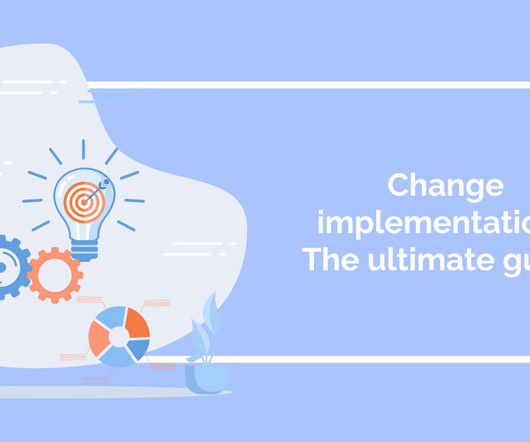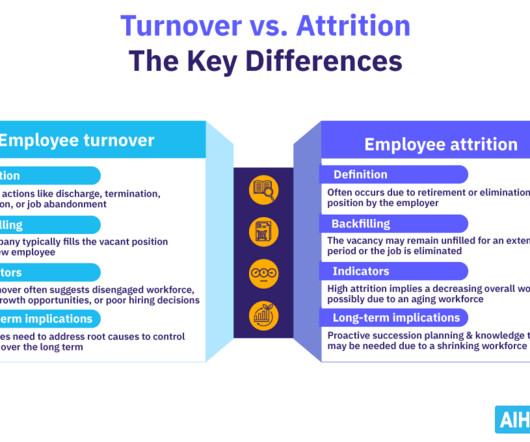Rationalization vs. Reorganization: Key Differences
Walk Me
JULY 5, 2021
A manager who chooses to terminate an employee, for instance, will justify – or rationalize – that decision with a logical explanation. Another usage of this term, which many of us may be less familiar with, is related to reorganization and restructuring in business. Rationalization vs. Reorganization: Key Differences.




















Let's personalize your content